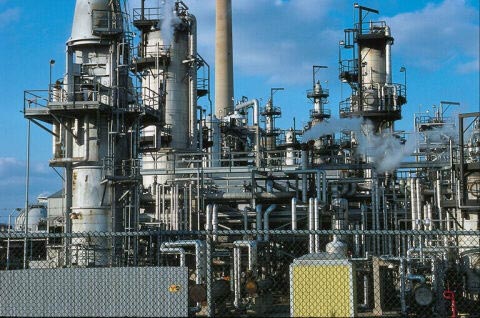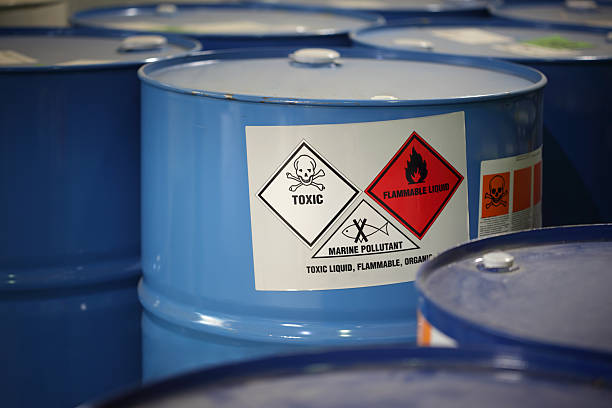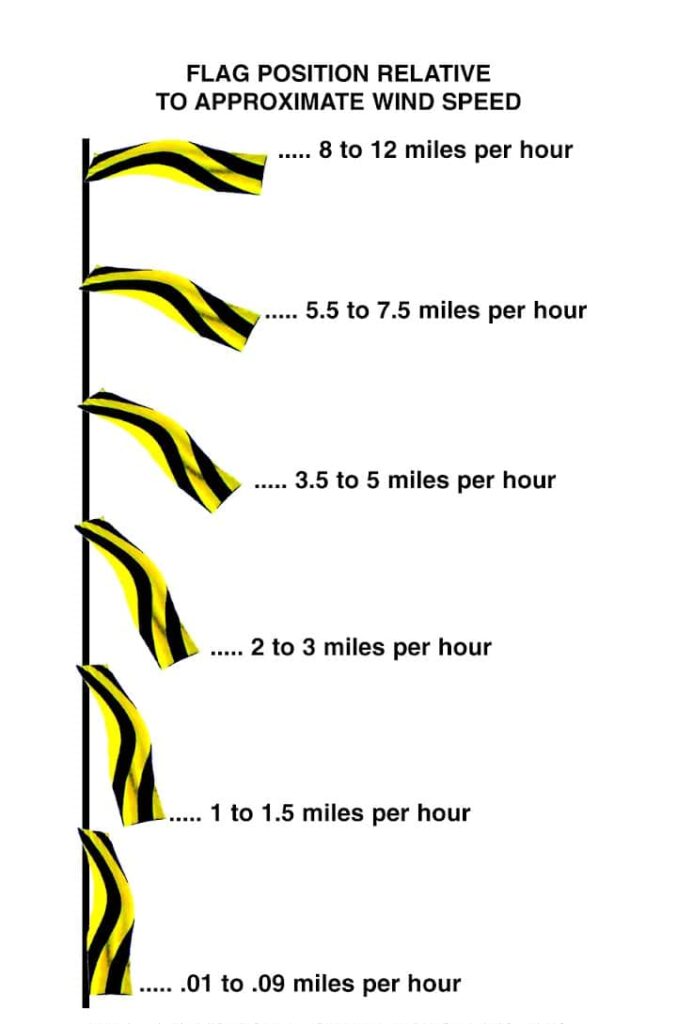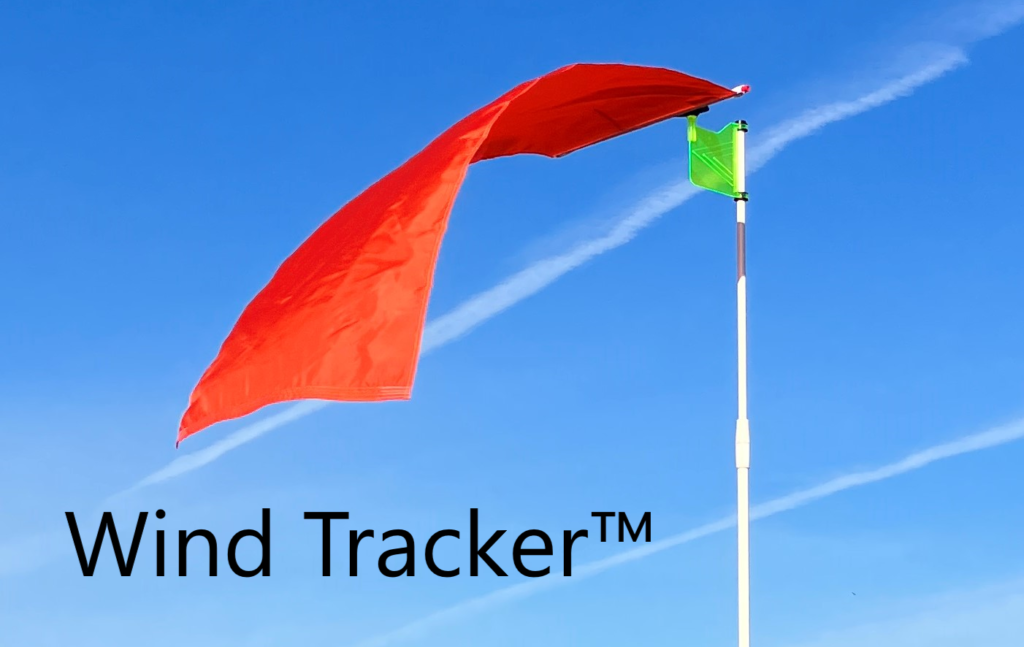Oil Refineries
Wind Tracker™ Windsocks serve as critical tools at oil refineries, providing vital information about wind conditions to ensure the safety of personnel, equipment, and the surrounding environment. The use of windsocks at oil refineries is particularly important due to the presence of various hazardous materials and potential risks associated with refinery operations.

Hazardous Material Dispersion:
Oil refineries handle a wide range of hazardous materials, including flammable gases, volatile chemicals, and petroleum products. In the event of a leak, spill, or release of these substances, windsocks play a crucial role in assessing wind direction. By monitoring the windsock, refinery operators can quickly determine the prevailing wind direction at ground level. This information is critical for predicting the potential dispersion pattern of hazardous materials, enabling prompt response and the implementation of appropriate safety measures to protect personnel and the environment.

Emergency Response Planning:
Wind Tracker™ Windsocks are integral to emergency response planning at oil refineries. In case of accidents, fires, or other emergencies, windsocks provide real-time data on wind direction, which is essential for emergency response teams. This information helps in developing effective evacuation plans, establishing assembly areas, and determining response strategies to minimize the impact of the emergency on personnel and nearby communities.

Air Quality Control:
Wind Tracker™ Windsocks aid in monitoring and controlling air quality within the refinery premises. Refineries have strict environmental regulations to maintain compliance with air quality standards. By continuously monitoring wind direction using windsocks, operators can assess how emissions from stacks or other sources may disperse in the surrounding air. This information helps in optimizing the operation of emission control systems and preventing potential air pollution issues.
Safe Operations and Maintenance:
Wind Tracker™ Windsocks assist in ensuring safe operations and maintenance activities at oil refineries. By monitoring wind direction, operators and maintenance personnel can assess whether wind conditions are safe for specific tasks, such as working at heights, handling equipment, or conducting maintenance on tall structures. Windsocks provide valuable information for maintaining safe work conditions and preventing accidents.
Risk Assessment and Mitigation:
Wind Tracker™ Windsocks play a crucial role in risk assessment and mitigation at oil refineries. By monitoring wind direction, operators can identify potential risk areas where hazardous substances may disperse during accidents or emergencies. This information helps in designing safety measures, such as the placement of barriers, emergency shutdown systems, or location-specific safety protocols. Windsocks aid in the identification of areas that require additional safety precautions based on wind patterns, ensuring the overall safety and integrity of refinery operations.
Wind Tracker™ windsocks are a necessary tool at oil refineries due to their role in assessing wind direction, managing hazardous material dispersion, supporting emergency response planning, controlling air quality, ensuring safe operations and maintenance, and facilitating risk assessment and mitigation. By utilizing windsocks, oil refineries can enhance safety measures, minimize environmental impacts, and optimize the safety and efficiency of their operations.
